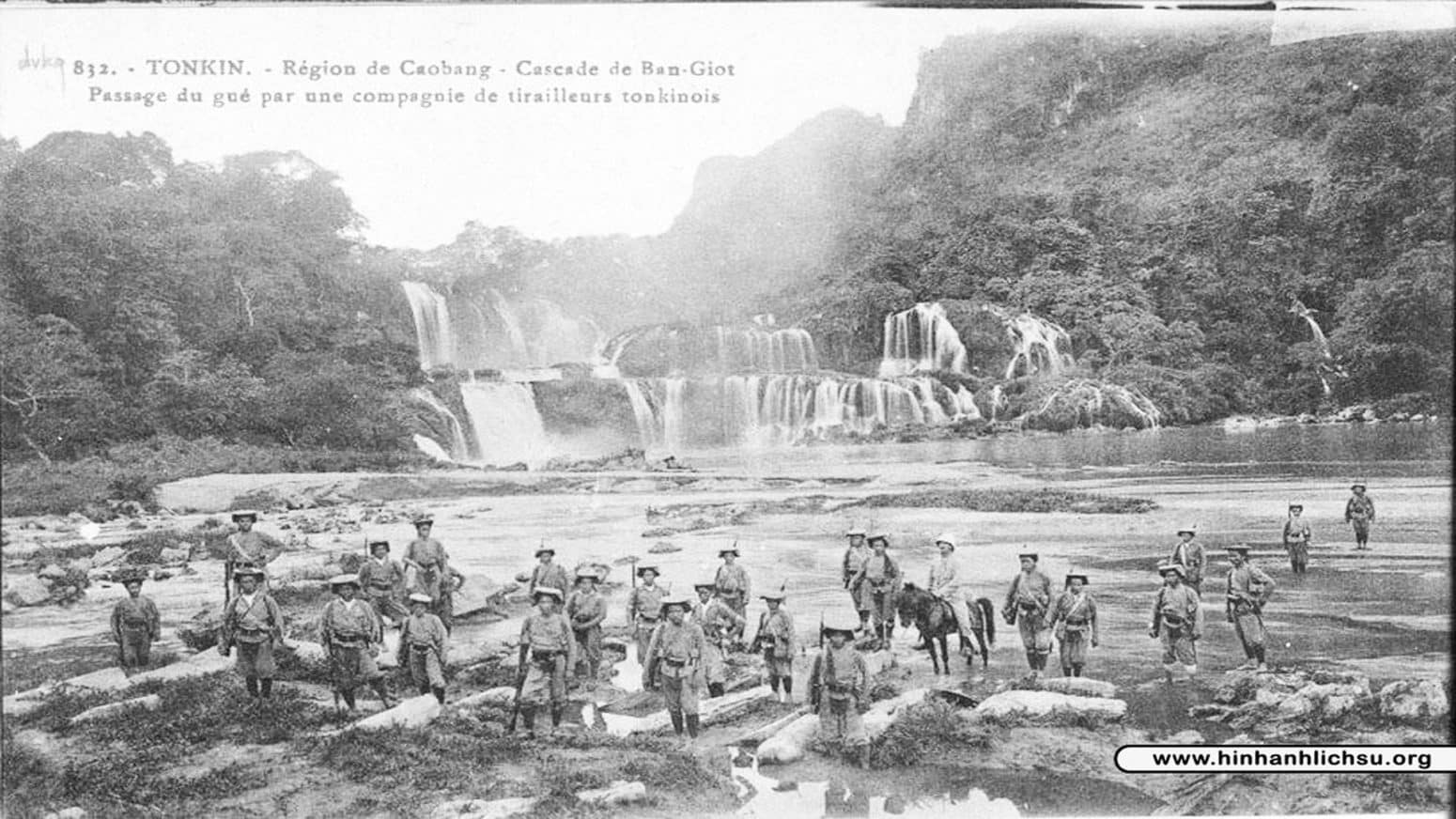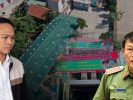
Vietnam’s state-controlled media reported that the two provinces of Cao Bang, Vietnam and Guangxi, China, agreed that from September 15, they would begin piloting the welcoming of tourists from the two countries to visit the Ban Gioc waterfall complex (as the Vietnamese call it), also known as Duc Thien waterfall (as the Chinese call it).
Ban Gioc Waterfall is located on the Quay Son River in the border area between Vietnam and China. The secondary waterfall is on the Vietnamese side, while the main waterfall belongs to China.
The Government Newspaper on September 15 assessed that the opening of the Ban Gioc waterfall tourist area to welcome tourists between Vietnam and China „demonstrates political trust, promotes harmony of interests between the two countries, and enhances friendly exchanges between the people of the two provinces in particular and the two countries Vietnam and China in general.“
It is known that currently Ban Gioc waterfall is not welcoming foreign tourists, only welcoming Vietnamese and Chinese tourists.
The issue of sovereignty over Ban Gioc waterfall has long been a controversial issue. Many Vietnamese still suspect that Hanoi’s leadership ceded Ban Gioc Waterfall to Beijing when signing the Land Border Treaty between Vietnam and China at the end of 1999, after the Chengdu Conference. Researchers in Vietnam have cited historical documents, literature, textbooks, and even the White Paper of the Ministry of Foreign Affairs of Vietnam published in the late 1970s, all of which confirm that the entire Ban Gioc waterfall belongs to Vietnam’s sovereignty.
So the historical truth, did Vietnam lose any land at Ban Gioc waterfall or not, is an issue that requires a satisfactory answer?
Hanoi Government officials always insist that it is not, but a number of domestic and international researchers confirm that it is.
According to East Sea researcher, scholar Truong Nhan Tuan, and author of the book „Vietnam – China Border, 1885 – 2000, History of Formation and Disputes“ published by Diem Chau Publishing House in France in 2005, confirmed that Ban Gioc waterfall is in the North-East of Phu Trung Khanh (Cao Bang province). This waterfall is located on Quy Xuan river, also known as Quy Thuan, or Quay Son. Ban Gioc Waterfall is a very beautiful waterfall. According to documents from the French Department of Geography, Ban Gioc waterfall is a beautiful landscape of Northern Vietnam.
There are a number of research works by French scholars that have proven and affirmed that Ban Gioc waterfall previously belonged to Vietnam.
According to scholar Truong Nhan Tuan, „The Ban Gioc Waterfall that we talk about here we only talk about on maps and documents. Ban Gioc Waterfall is in the North-East of Trung Khanh Phu (Cao Bang province). This waterfall is located on a river called Quy Xuan river, or Quy Thuan, or Quay Son river. Ban Gioc Waterfall is a type of terraced waterfall, about 40 – 50 meters (meters) high. This is a very beautiful waterfall.“
According to Mr. Truong Nhan Tuan, there are three documents that the Chinese side certainly cannot refute:
“The first document is the document of Lieutenant Détrie, who was in charge of setting up markers (1894). This man determined that Ban Gioc waterfall is near milestone number 53. On the map, the short section of the river that forms the border is from marker number 51 to number 52.
The second document is from Mr. Commandant Famin. This man wrote a book and had it printed. This book is stored in major libraries in France as well as in other countries. According to Mr. Commandant Famin, Ban Gioc waterfall belongs to Vietnam and is 2 kilometers from the border.
The third document is a document published by the Communist government of Vietnam in 1979.
At the end of page 11, the document reads like this ‘On the land border as well as in the border sections following rivers and streams, in many places, the Chinese side has arbitrarily expanded the construction of works to step of land encroachment. In landmark area No. 53 (Dam Thuy commune, Trung Khanh district, Cao Bang province) on Quy Thuan river, there is Ban Gioc waterfall, which has long belonged to Vietnam…’ Here I would like to open a parenthesis, that is, the Vietnamese Communist government itself also affirmed: ‘Ban Gioc waterfall has long belonged to Vietnam and the Beijing government has also recognized that fact. . .“.
According to scholar Truong Nhan Tuan, this is something the Vietnamese side needs to emphasize:
„… on December 29, 1976, the Chinese side mobilized over 2,000 people, (continued on page 12) including armed forces, to form a dense defensive fence surrounding the entire waterfall area. Ban Gioc is in Vietnamese territory, so workers quickly built a fortified dam made of reinforced concrete, cutting across the border river…“ And scholar Truong Nhan Tuan affirmed, they did so to take Ban Gioc waterfall to their side.
At the same time, Mr. Truong Nhan Tuan added, „In 1953, previously, in this same document, it was also denounced that the Communist state of Vietnam asked the Chinese Communist Party to print a set of maps for them, taking advantage of the situation. In this case, the Chinese government has amended the border to take over Vietnam’s Ban Gioc waterfall.”
With the things just mentioned, thoibao.de hopes that, somewhat affirming, „Ban Gioc waterfall definitely belongs to Vietnam’s sovereignty“.
Tra My – Thoibao.de


























